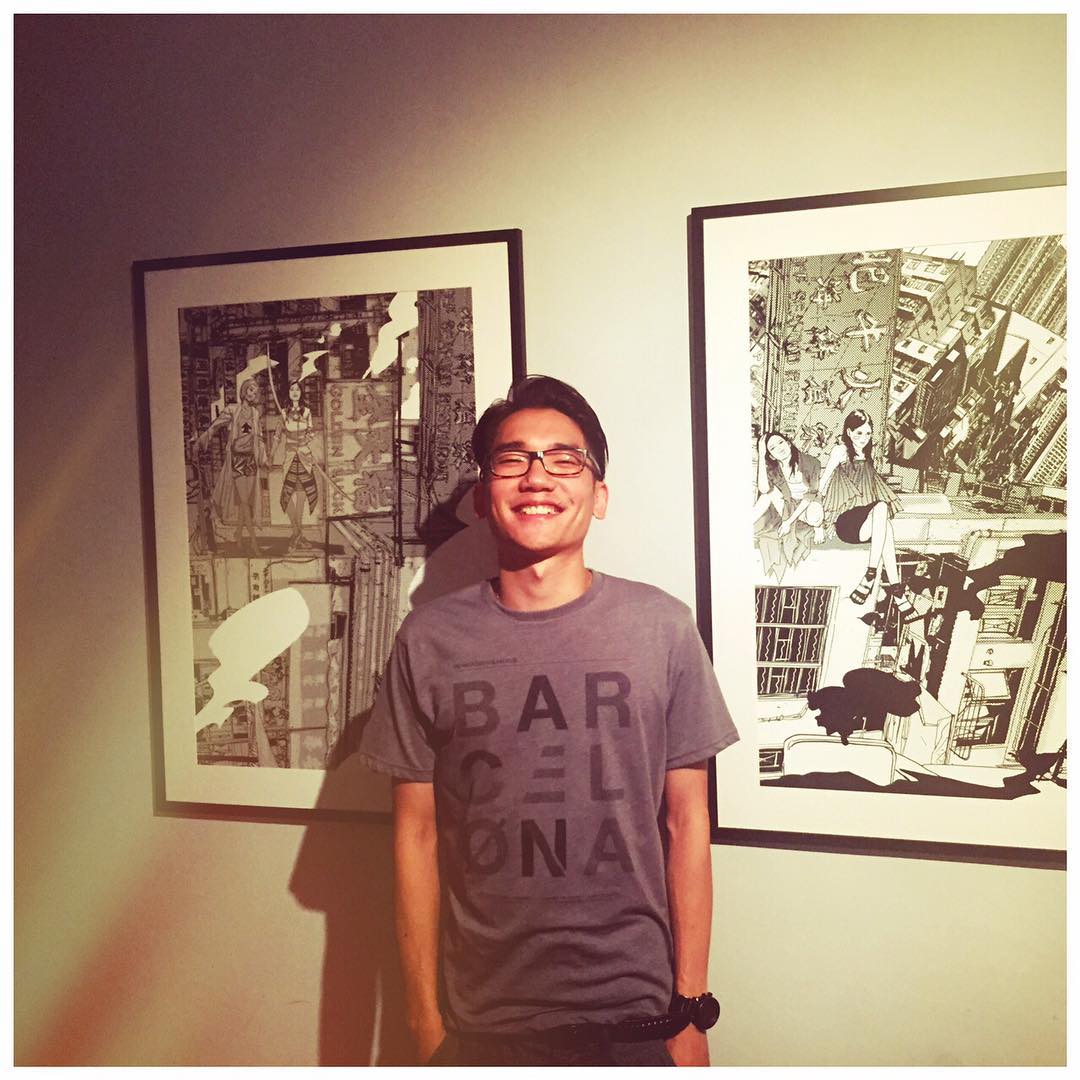As part of Belmond’s month-long culinary residency at the Mandala Club, chef Vania Ghedini of Hotel Cipriani’s Oro brought the vibrant flavours of the Venetian Lagoon to the balmy shores of Singapore. Zaneta Cheng reports back from a delicious sojourn
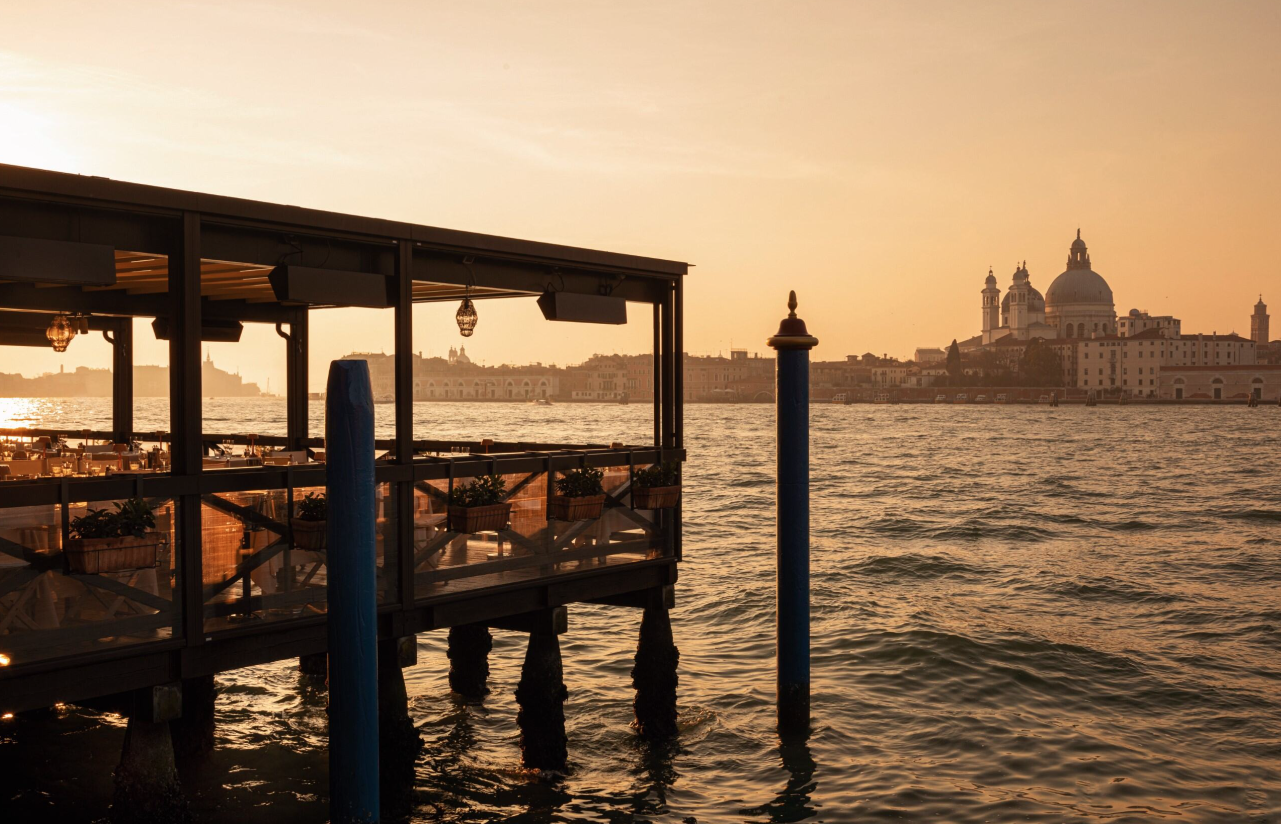
When the powers that be at Belmond say they are committed to “Villeggiatura” – an Italian concept that refers to long, languid holidays devoted to rest and recreation away from the whirring pace of normal life – they mean it. So after closing their properties across Italy for the winter season (many of which will only open again in early May), the only proper thing to do was to take Villeggiatura on the road.
For a month starting January 14, four chefs from Belmond’s signature Italian properties – Hotel Cipriani in Venice, Grand Hotel Timeo in Sicily, Castelo di Casole in Tuscany and Caruso on the Amalfi Coast – are taking up week-long residencies at Singapore’s Mandala Club.
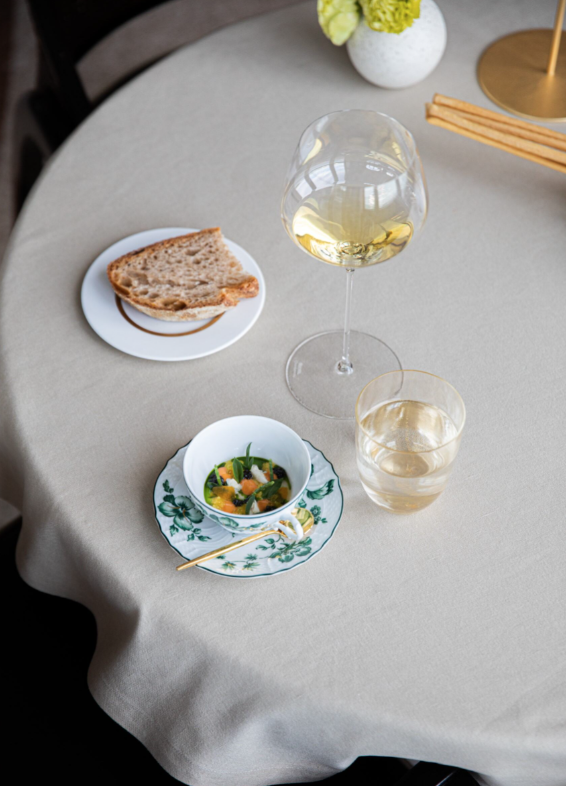
The first of the series – each of which is designed to represent one aspect of Italy’s diverse culinary offering – showcased Hotel Cipriani’s one-Michelin- starred Oro, helmed by head chef Vania Ghedini. The menu was a culmination of Ghedini’s own experience and drew from Venetian cuisine with a few Singaporean twists thrown in.
And while the meals were filling, with requisite primi carb-centric items as well as secondi meat dishes, there was a significant portion of the menu that focused on very delicious vegetables – meaning that diners could leave the meal feeling satiated but not groaning from heaviness.
This reflected Ghedini’s own love for vegetables, which lend themselves well to a variety of cooking treatments and leave her feeling light and fresh. We sat down with the chef after cleaning our plate to learn more about Venice’s rich culinary heritage and how she adapted it for local palates.
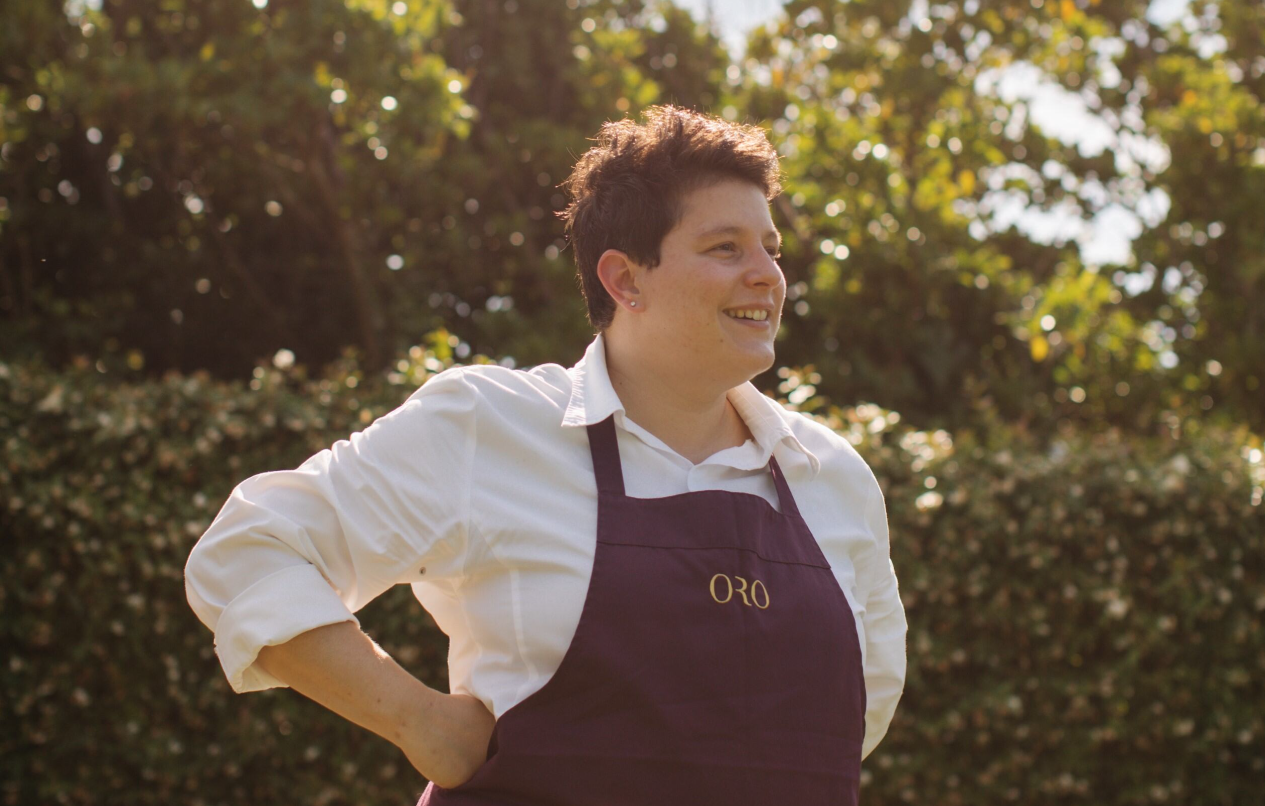
Can we start with a specific question? I really would love to know what you put in the wedge salad. It’s called “Just a Salad” but it’s so much more than that.
Really, it’s just a salad. The name reflects the ingredients, which are simple salad ingredients. For the base, I layered lettuce and romaine on top of one another. Then I chopped beetroot, carrot, celery and celeriac into a very fine dice and added two types of acid – a local white vinegar and apple vinegar. The acid makes it refreshing.
I also added two sauces with sesame seeds – white and black seeds – and black garlic. This is the base of the flavour because sesame is stronger and the black garlic
is umami, like soy sauce, which gives the flavour to the salad. I also put a bit of lemon juice to mix into the acid because if you use one vinegar the flavour is not the same. If you use a fruit acid, it’s generally better because it’s sweeter and smells nicer. Then I topped it with edible flowers for colour and the colour gold, because oro is the Italian word for gold and the name of the restaurant.
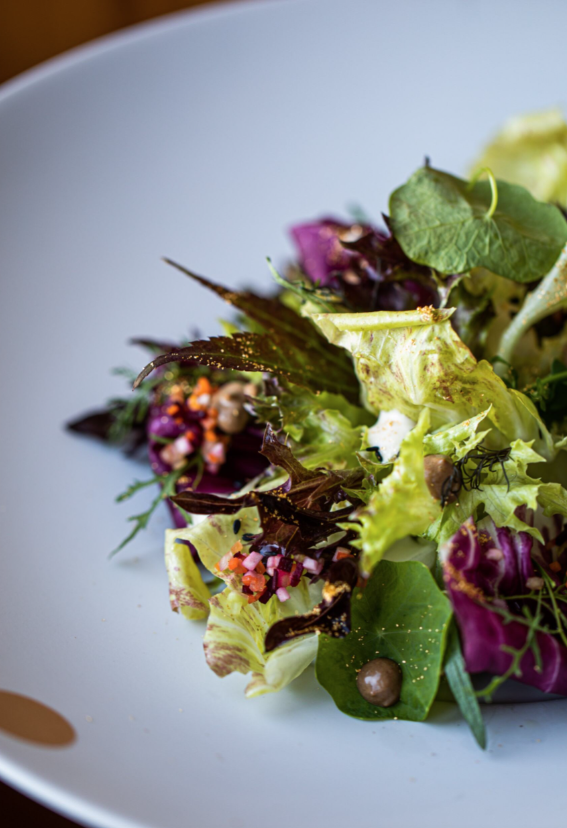
The menu at the Mandala Club reflects so many things. It’s equal parts Venetian cuisine, your culinary experiences from the different places you’ve worked
as well as Singaporean flavour. How did you combine the culinary identity of Oro with the elements of Singapore that you’ve been inspired by?
I thought about the kinds of flavours that Singaporean people like and what kinds of Italian flavours they might expect from me. I think, for me, the most important dish to bring over would be the Lagoon, an amuse bouche that is a signature dish at Oro. When you smell it and taste it, it tastes of a lagoon, not the sea. The lagoon is
a little bit different because it’s near the coast and it’s protected by islands from the sea, so there’s not too much water flow and the bed is full of seaweed and algae. The water is green and not blue.
One homage to Singapore, which is on the lunch menu, is the spaghetti chilli crab. I first came to Singapore in December to understand the ingredients and a little bit of the food culture. From that very quick tour, the chilli crab, for me, seemed to be the most famous. In the Venetian Lagoon, we have a lot of crab so I thought the link would be nice because I make spaghetti with crab in the restaurant. Here, I make it with chilli crab – add spice, coriander and a bit of tomato – and have a mix of a traditional dish from Venice and a traditional dish from Singapore.
The second dish is a risotto with radicchio. Radicchio is a salad from Venice from the Veneto region. It’s a very bitter, strange leaf but it’s one of the most incredible and famous ingredients in Italy.
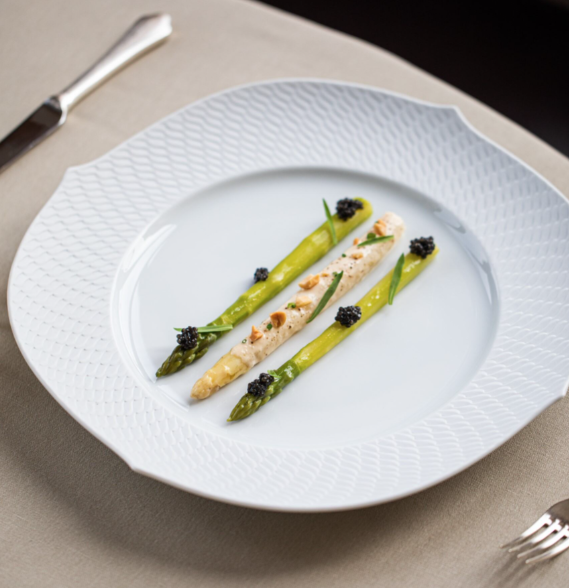
It’s something we only get during the winter because after springtime, you won’t find it – and I love bitter. I know Asian people eat a lot of rice, but I wanted to bring real Italian risotto here because risotto is made with rice but it’s a completely different dish in texture and in technicality. Especially the Venetian risotto.
Technically, East Asian and Indian rice is cooked with a lot of water. We only put a little bit of water at a time until it is cooked, which gives it an almost crunchy texture. This is the difference between East Asian rice, Indian rice and Italian risotto.
On the top of the rice is cheese for a very good smell as well as coffee powder to round off the bitter taste and smell, as well as a bit of salt because radicchio is neither sweet nor salty so it needs both to offset its only flavour, which is bitterness.
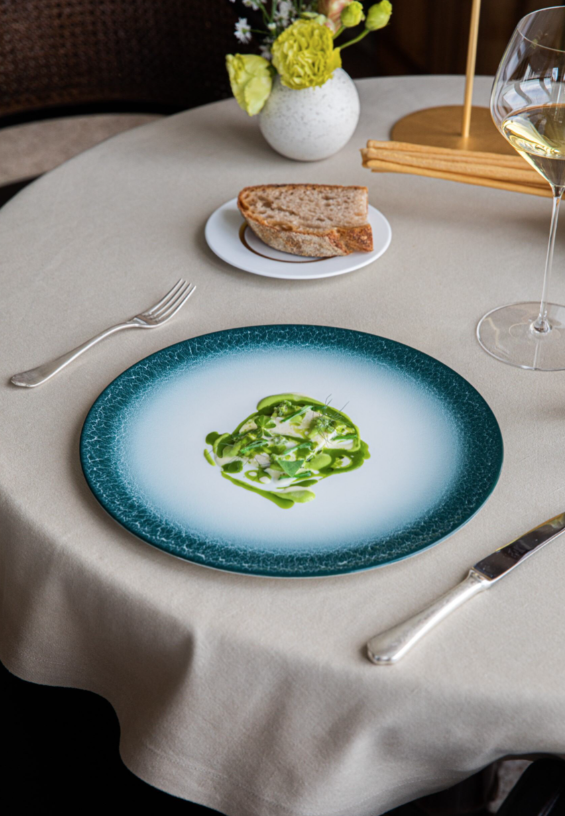
So the green oil in the amuse bouche is an ode to the lagoon?
Yes. When you smell it and when you eat it, you should be able to really experience the lagoon from the dish. The lagoon is a bit different from the sea. The algae and seaweed in the water even impacts our garden and the vegetables and herbs that we grow and use in the restaurant. What happens is that the soil takes the water from the lagoon, which is why the vegetables taste different. They actually taste richer. Of course, there’s also seafood only from the lagoon like the moeche, which are soft-shell crabs only found in the waters around Venice and only available for a few weeks in the spring and autumn when the crabs shed their shells.
The thing about Italian food is that it differs quite greatly from region to region even though there are many points in common. In the Veneto region, we have a mountain, the sea and a lagoon, so even if there are a lot of traditional plates like risotto and pasta, the ingredients are very different. For example, the artichokes from the Veneto mainland and the Veneto lagoon are different.
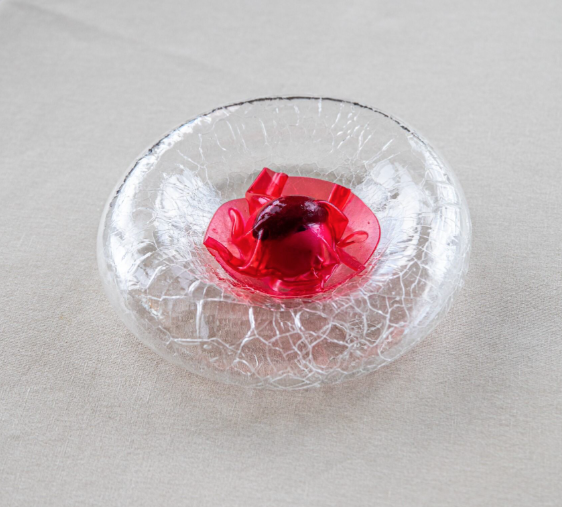
How about your own influences? You came back to Venice having worked there before from Morocco, where you spent five years. What have you brought into the menu that’s been inspired by your culinary journey?
I bring all of my background to Oro because I grew up in Ferrara, in my grandparent’s bakery. I worked around the world, in France, Italy and with a lot of chefs – each one has given me something. I worked with Massimiliano Alajmo for eight years and I worked in Morocco for five years. There’s a taste of Moroccan spice in the aubergine dish, where I draw from both Morocco and Italy with an eggplant-based sauce with cumin, paprika, garlic, coriander and lemon mixed in. It really tastes like Morocco. I wanted to use spices because Venice was a very important location for trade and saw spices from India and Asia through its history.
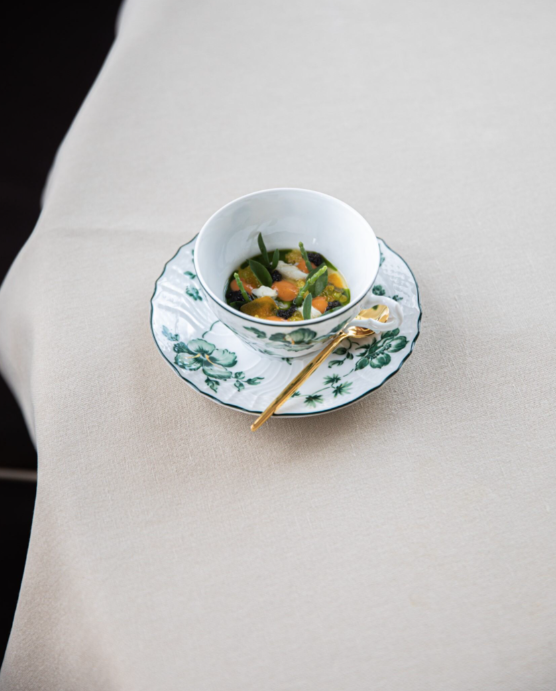
How about the Venetian influence on the menu?
Black ink spaghetti from squid or cuttlefish is very typical in Venice. We make a ragu with the cuttlefish ink. I love cuttlefish. I even have a tattoo of a cuttlefish! But back to the point – I wanted an element of black ink because it’s such a symbol of Venice so I have black ink hiding at the bottom of the oyster dish.
Another element of Venice would be the gold leaf that can be found in the dishes and plates because the restaurant itself means gold in Italian and gold is a symbol of Venice. The cathedral has a beautiful gold-leaf dome.
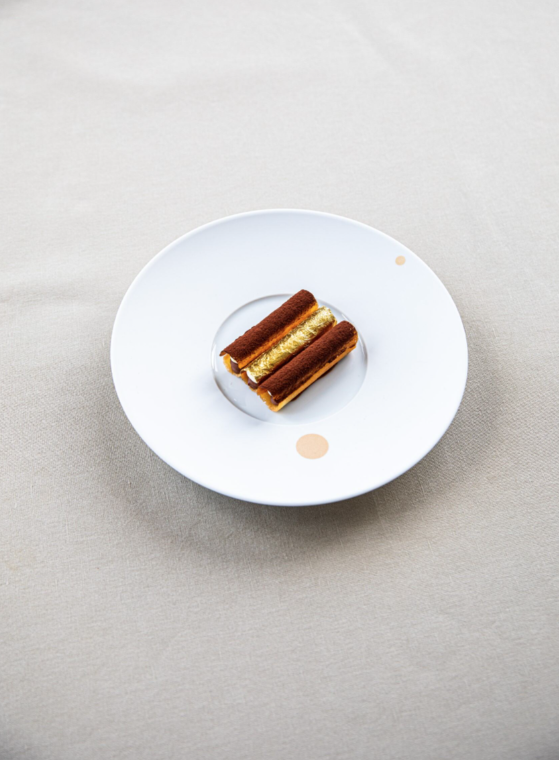
Can you tell me about finding the sour plums at the market and deciding to steep them with yuzu?
The fruit is usually just preserved with salt. When you’re a chef, you have to eat. I taste everything I possibly can. When I go somewhere new, I want to taste the local ingredients, not the fine dining. The other day, we went to Chinatown and tried durian. Then we found the green plums. I liked their acidity. They’re crunchy. There’s not much taste, but that lets me marinate them with yuzu, which gives them more fragrance.
I think interesting dishes have a balance between texture and flavour. If it’s just flavour but the dish has no texture – no crisp, no crunch, nothing, it’s just creamy – then it’s okay. But if the plate has a variety of textures and different temperatures, then with good flavour, the plate changes for the better.
Eating is like going to the gym for my mouth. When I eat, I understand the smell and the flavour. You have to eat your ingredients especially if they’re strange because otherwise you don’t understand the texture, and if you don’t understand the texture you don’t understand anything.



